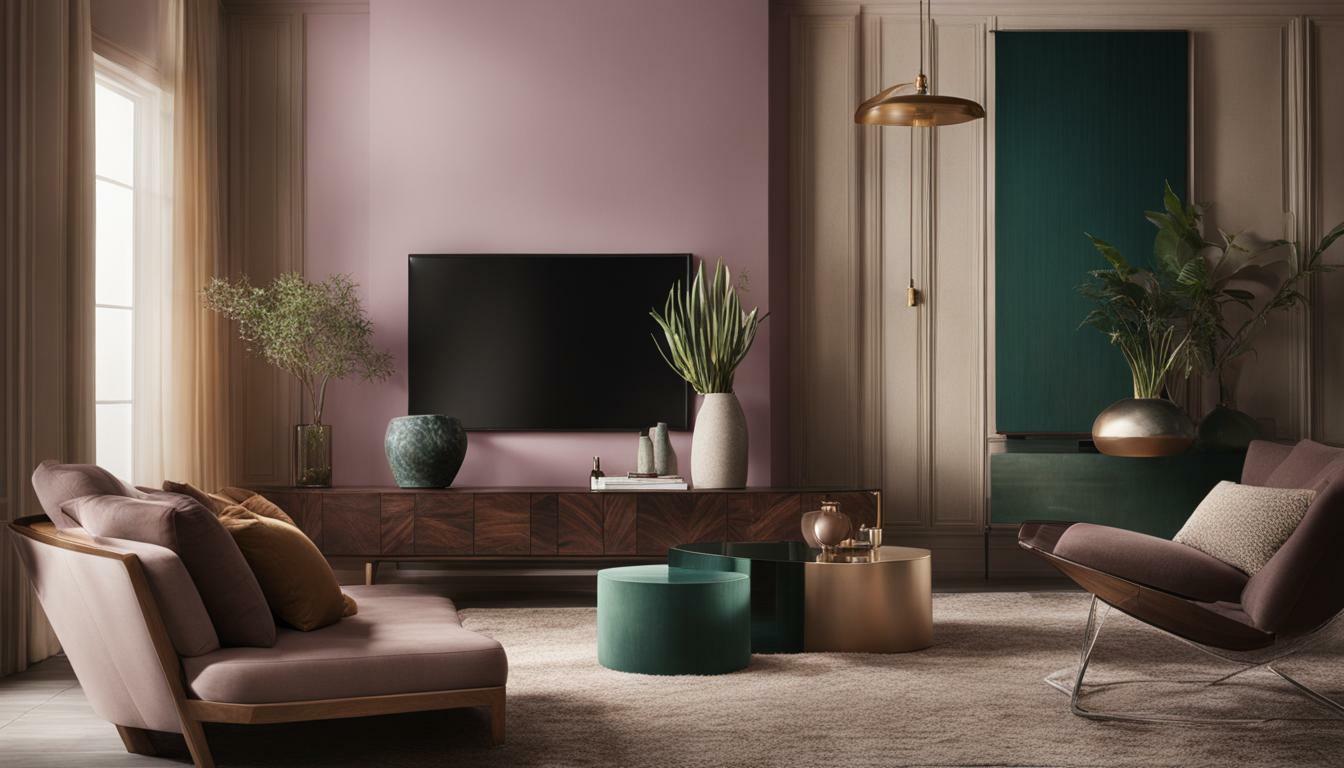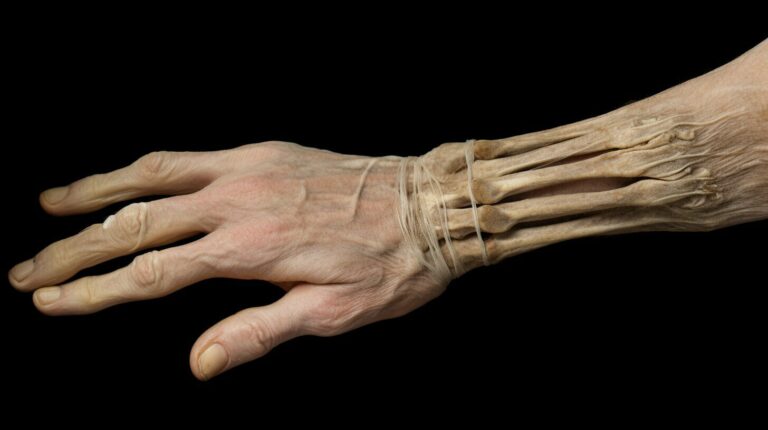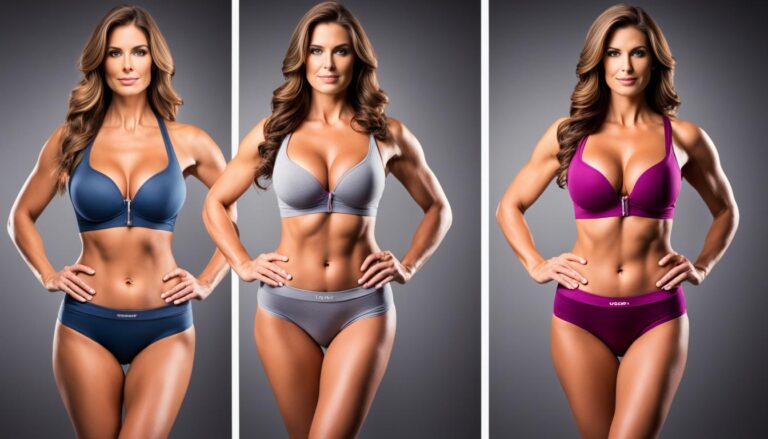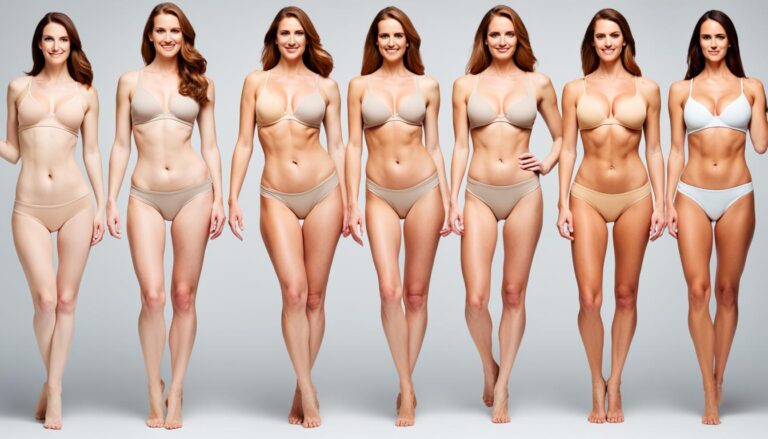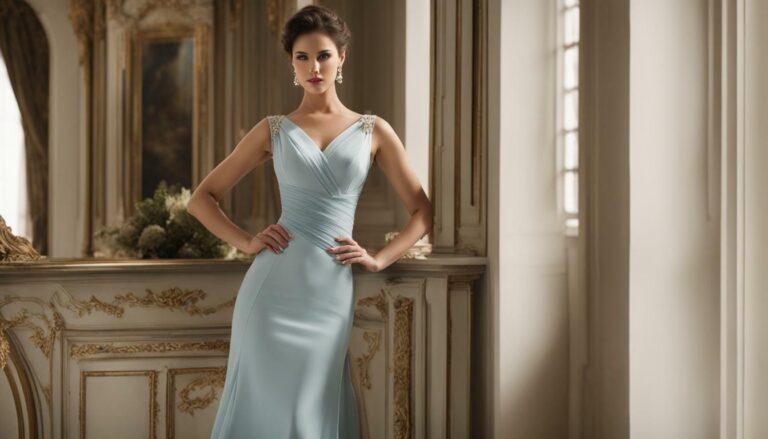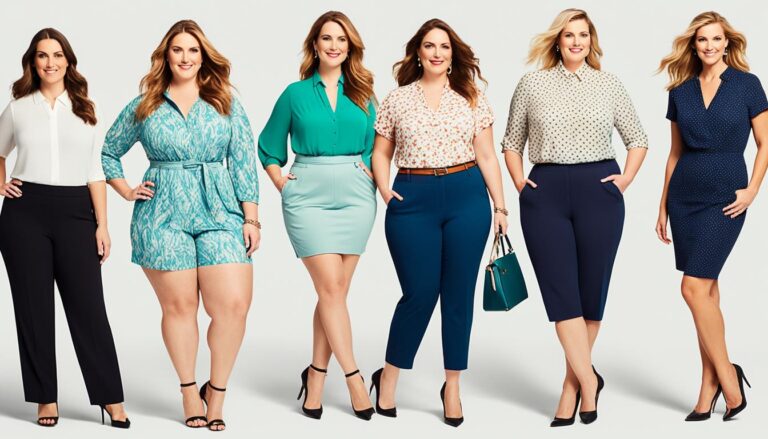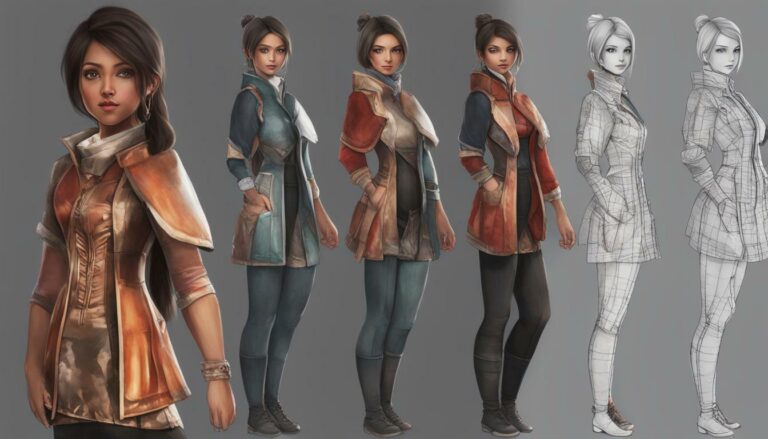What is the difference between soft natural and soft classic?
The soft natural and soft classic body types in the Kibbe system have distinct physical characteristics and clothing styles. Soft natural individuals possess a blend of yin and yang features, with a more athletic build and soft, rounded features. They often have broad shoulders and visible fleshiness, giving them a naturally relaxed and casual appearance. On the other hand, soft classic individuals exhibit a balanced blend of yin and yang features. They have gentle curves, a moderate bone structure, and harmonious facial features, reflecting an elegant and timeless style.
- Soft natural and soft classic body types are two distinct archetypes in the Kibbe system.
- Soft natural individuals have an athletic build and casual, natural style.
- Soft classic individuals showcase elegance and timelessness in their fashion choices.
- Understanding these differences can help you embrace your body type and dress in a way that highlights your best features.
- Soft natural and soft classic have their own unique characteristics and styles.
Characteristics of Soft Natural and Soft Classic
Soft natural and soft classic individuals possess unique physical attributes that distinguish them within the Kibbe body type system. Understanding these characteristics can help you identify which body type you lean towards and guide your fashion choices accordingly.
Soft natural individuals have a blend of yin and yang features, resulting in a balanced yet slightly more yang-leaning physique. They typically have a more athletic build with moderate curves and a soft, rounded appearance. Soft naturals tend to have broader shoulders and visible fleshiness, which gives them a more robust and earthy presence. Their bone structure is moderate, neither delicate nor sharp, and their facial features are soft and harmonious.
On the other hand, soft classic individuals also exhibit a balanced blend of yin and yang features, but with a more yin-leaning touch. They have gentle curves that are more pronounced than those of soft naturals, giving them a soft and feminine silhouette. Soft classics usually possess a moderate bone structure, with neither extremely delicate nor prominent features. Their facial features are harmonious and graceful, showcasing a timeless elegance.
To better visualize these characteristics, refer to the table below:
| Body Type | Physical Features | Style Preferences |
|---|---|---|
| Soft Natural | Athletic build Soft, rounded features Broad shoulders Visible fleshiness |
Casual and natural Earth-toned colors Relaxed and loose-fitting clothing |
| Soft Classic | Soft, feminine curves Moderate bone structure Harmonious facial features |
Elegant and classic Tailored pieces Timeless fashion choices |
By recognizing the characteristics of soft natural and soft classic body types, you can embrace your unique features and dress in a way that complements your natural beauty. Whether you resonate more with the athletic, earthy charm of soft natural or the graceful, timeless allure of soft classic, understanding your body type will empower you to confidently express your personal style.
References:
- “Understanding Your Kibbe Body Type” – Kibbe, David.
- “Dressing Your Truth: Discover Your Type of Beauty” – Tuttle, Carol.
Image:

Soft natural and soft classic body types have distinct style profiles, with each requiring specific clothing choices to enhance their natural beauty. Soft natural individuals have a more casual and natural style, while soft classic individuals lean towards elegance and timelessness in their fashion choices.
For soft naturals, the key is to embrace their athletic build and soft, rounded features. They tend to have broad shoulders and visible fleshiness, which can be highlighted with clothing that drapes and flows. Soft natural clothing recommendations include relaxed and unstructured silhouettes, such as loose-fitting tops and dresses, wide-leg pants, and flowing skirts. They should opt for natural fabrics with a bit of texture, like linen or cotton blends, to add softness to their overall look.
On the other hand, soft classic individuals showcase gentle curves, a moderate bone structure, and harmonious facial features. Their style is characterized by tailored and timeless pieces that exude elegance. Soft classic clothing recommendations include well-fitted blazers, A-line or pencil skirts, tailored trousers, and classic dresses with defined waistlines. They should opt for fabrics like silk, wool, or tweed, which add a touch of sophistication to their outfits.
It is important to note that while these recommendations serve as a starting point, personal preferences and individual variations should also be taken into consideration. Experimenting with different styles, silhouettes, and fabrics is encouraged to find what works best for each individual’s unique body type and personal style.
Soft Natural vs Soft Classic: A Quick Comparison
| Feature | Soft Natural | Soft Classic |
|---|---|---|
| Body Shape | Athletic | Gentle Curves |
| Bone Structure | Moderate | Moderate |
| Facial Features | Soft, Rounded | Harmonious |
| Style Profile | Casual, Natural | Elegant, Timeless |
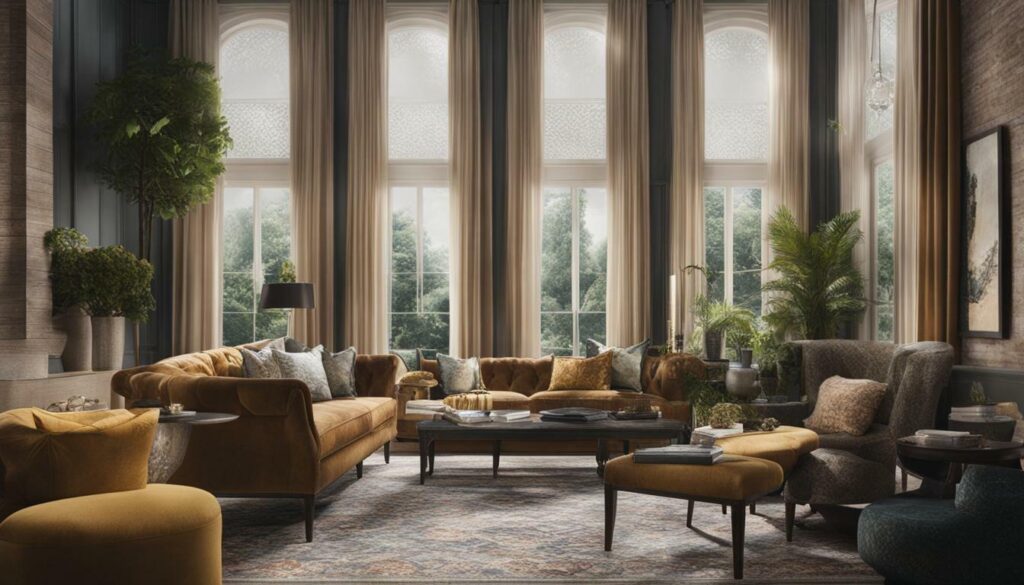
In summary, soft natural and soft classic body types have their own unique style aesthetics. Soft naturals embrace their athletic build and choose relaxed, flowing styles, while soft classics showcase elegance and favor tailored, timeless pieces. Understanding these style differences can help individuals of each body type make informed clothing choices that enhance their natural beauty and confidence.
Conclusion
Understanding the difference between soft natural and soft classic body types can empower you to express your personal style with confidence. In the Kibbe system, these two body types have distinct characteristics and clothing styles that reflect their individual aesthetics.
Soft natural individuals possess a blend of yin and yang features, resulting in a more athletic build and soft, rounded features. They often have broad shoulders and visible fleshiness, which gives them a naturally curvy appearance. Their style is casual and natural, focusing on comfortable and relaxed clothing choices.
On the other hand, soft classic individuals have a balanced blend of yin and yang features. They possess gentle curves, a moderate bone structure, and harmonious facial features. Their body shape is often described as softly rounded and feminine. Their style is elegant and classic, characterized by tailored and timeless pieces that enhance their graceful and refined look.
By understanding these differences, you can confidently embrace your body type and curate a wardrobe that suits your unique features. Whether you resonate more with the soft natural’s athletic and laid-back aesthetic or the soft classic’s sophisticated and timeless style, you can use this knowledge to make fashion choices that highlight your best assets and express your personal taste.
FAQ
What is the difference between soft natural and soft classic?
The difference lies in their physical characteristics and clothing styles. Soft natural is a blend of yin and yang features, with a more athletic build and casual, natural style. Soft classic, on the other hand, has a balanced blend of yin and yang features and an elegant, classic style.
What are the characteristics of soft natural and soft classic?
Soft natural individuals have a more athletic build, broad shoulders, and soft, rounded features. Soft classic individuals have gentle curves, a moderate bone structure, and harmonious facial features.
How do the styles of soft natural and soft classic differ?
Soft natural individuals prefer casual and natural clothing, while soft classic individuals opt for elegant and classic styles. Soft natural clothing recommendations include fabrics and silhouettes that enhance their athletic build, while soft classic clothing recommendations focus on tailored and timeless pieces.
Why is it important to understand the differences between soft natural and soft classic?
Understanding these differences can help individuals embrace their body type and dress in a way that highlights their best features. By following the appropriate clothing recommendations, individuals can enhance their personal style and feel confident in their outfits.
